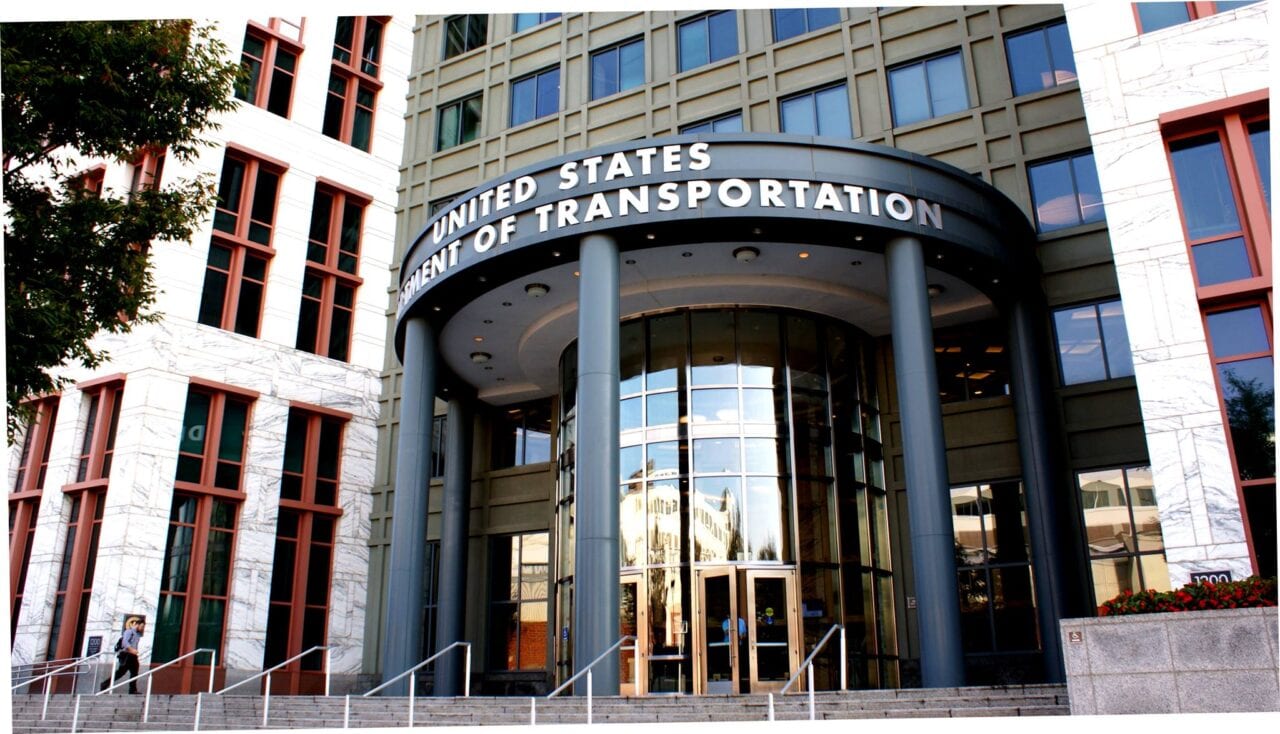
FAA headquarters in Washington DC. (U.S. Department of Transportation)
The Government Accountability Office (GAO) is recommending the Federal Aviation Administration’s (FAA) Office of Aviation Safety (AVS) identify organization-wide competency gaps and assess training curricula on a recurring basis within its inspector and engineer workforces, according to a Nov. 9 report. The recommendations come after the agency found an increasing lack of institutional knowledge and assessments of training curricula.
According to GAO, between 52 to 62 percent of FAA inspectors and engineers will be retirement eligible by fiscal year 2025. It also found that the FAA has changed how it conducts safety oversight work requiring highly technical skills in aerospace technology like risk management and data analysis and that inspectors and engineers do not get adequate training on new technologies, like unmanned aircraft systems (UAS).
“As more inspectors and engineers in FAA’s Office of Aviation Safety retire and the aviation industry implements new technologies, the office must ensure its inspectors and engineers have the competencies necessary to respond to these changes,” the report states. “The Office of Aviation Safety has taken positive steps to identify the critical competencies that its inspector and engineer workforces need to address safety oversight activities. However, without conducting recurring, organization-wide assessments of any gaps that exist in these competencies for the inspector and engineer workforces, the Office of Aviation Safety is limited in its ability to efficiently target workforce strategies such as hiring and training.”
While the AVS has begun addressing critical competencies, it has done this at an office level, not an organization level which has prevented the FAA from implementing strategies for addressing organization-wide gaps.
“For example, without knowing the extent to which its inspector and engineer workforces have gaps in advanced data analytics, the Office of Aviation Safety may not know the extent to which it should hire or train employees with this skill set. Furthermore, Flight Standards and Aircraft Certification may not be able to effectively leverage the existing competencies that its inspector and engineer workforces have to conduct the office’s safety oversight mission,” the report states.
The report notes that employees receive introductory, recurrent, and on-the-job training, however, the AVS does not regularly assess its training curricula.
The latest set of recommendations on hiring practices outlined by GAO comes as the agency has already been discussing plans to hire more software and systems engineers, as well as other technological subject matter experts to improve the way it certifies increasingly complex avionics and other systems in the future, according to a June Senate hearing featuring FAA Administrator Stephen Dickson.
FAA’s 2021 budget request includes $10 million assigned to adding 50 new technical employees, the first phase of an increased hiring effort for such positions.
“Without assessing the curriculum as a whole on a recurring basis, the Office of Aviation Safety does not have complete information on whether critical competencies are being sufficiently emphasized,” the report states. “For example, without recurring curricula assessments, the Office of Aviation Safety may not know whether training courses across training specialties similarly address oversight activities related to new technologies.”
As the FAA hires more employees, the training process will become even more important to make sure critical competencies within the agency are aligned, according to the report. By assessing the training curricula regularly, the agency can make sure it will achieve its mission and goals.
The Department of Transportation (DOT) agreed with GAO’s assessment and will respond to recommendations 180 days after the report’s issuance, Keith Washington, deputy assistant secretary for administration at the DOT, said in an Oct. 20 letter attached to the report.